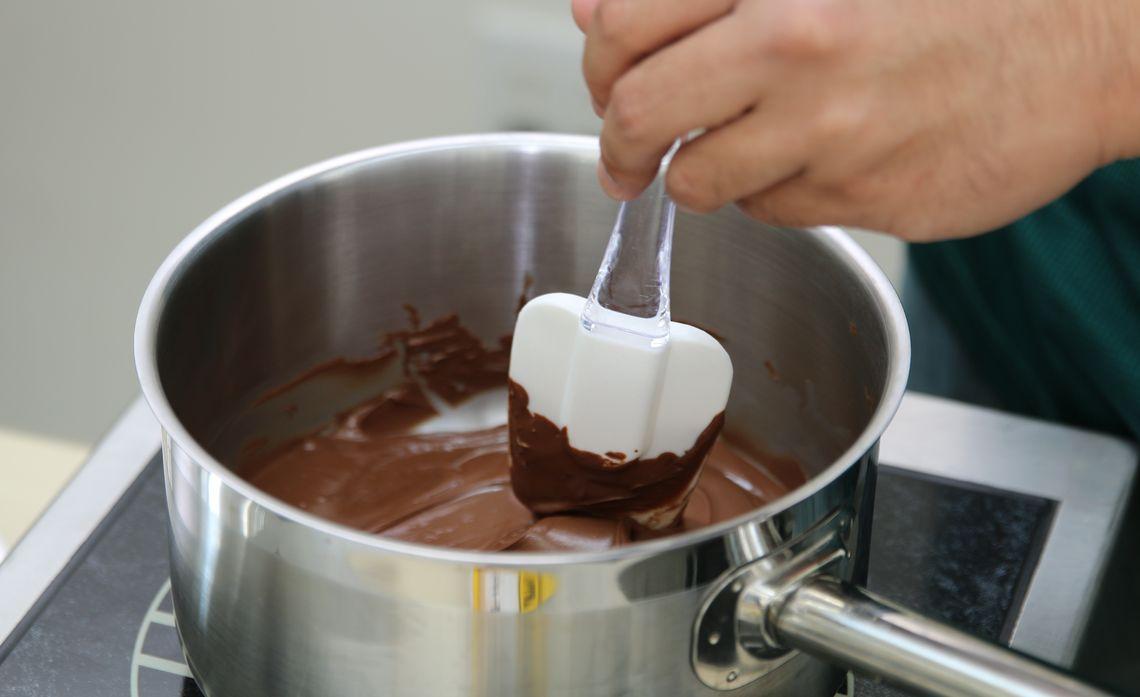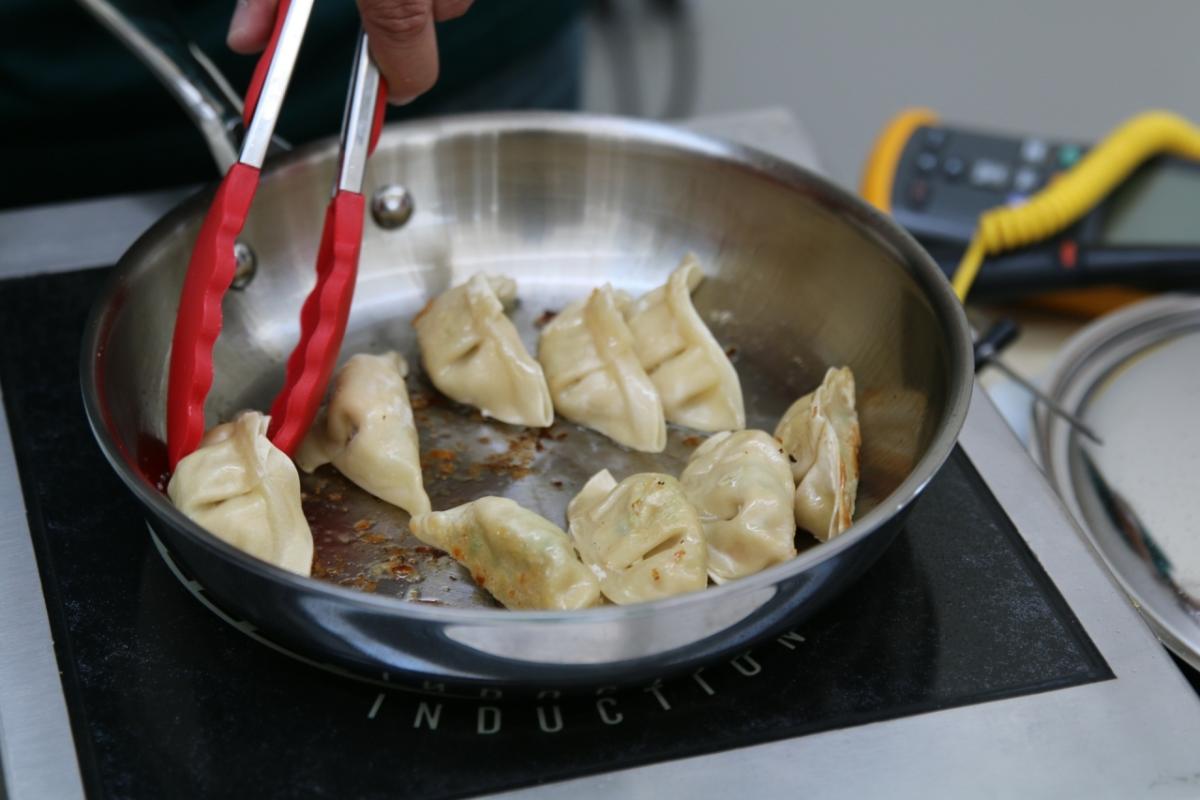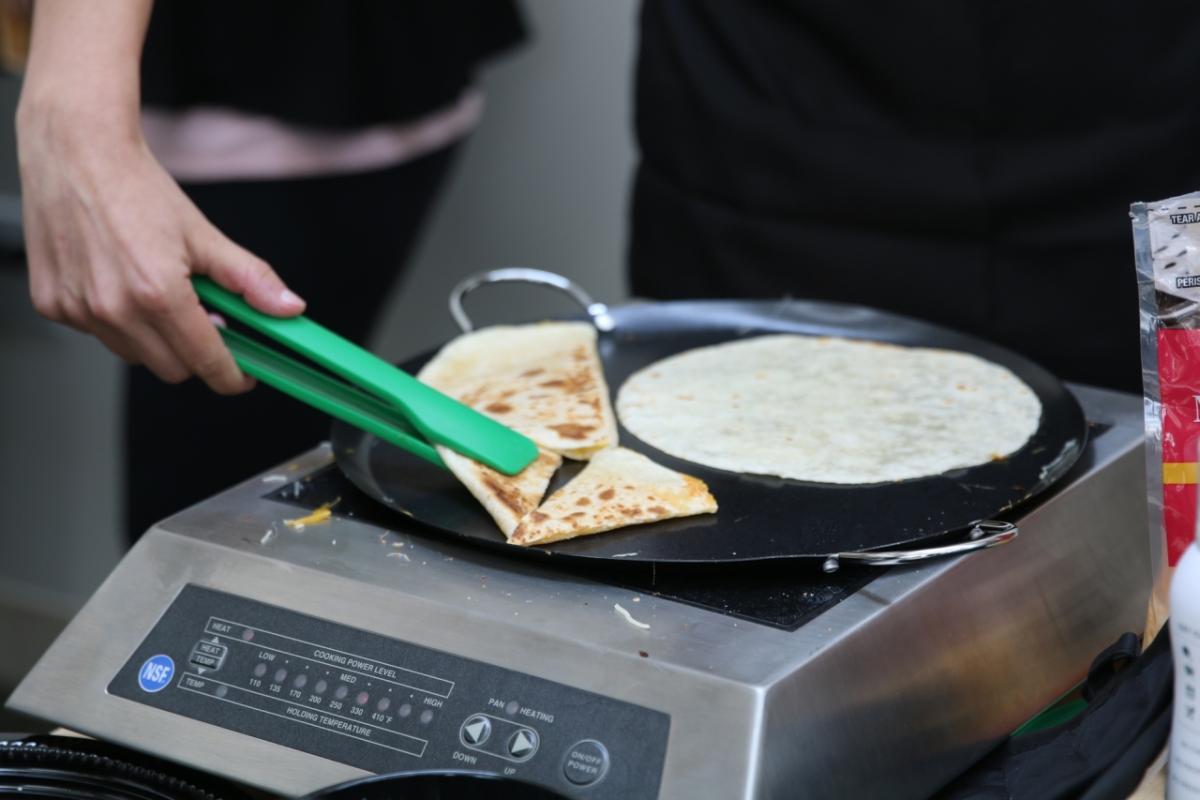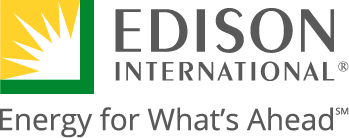Restaurants Set Table for Induction Cookware to Increase Efficiency, Reduce Costs
With an increase in interest among its customers, SCE is rolling out a new induction equipment lending program.
by Caroline Aoyagi-Stom
Regulars at Pepe’s quick service Mexican restaurant in Downey have long enjoyed the popular establishment’s beans and cheese burritos and shredded beef tacos. Now customers may soon enjoy these same dishes prepared on the latest energy-efficient induction equipment.
Nate Russi, owner of Pepe’s, a family-owned establishment since 1962, has been researching the benefits of induction cooking to help increase efficiency at his restaurant. He attended an induction cooking seminar at Southern California Edison’s Foodservice Technology Center in Irwindale and recently borrowed some of the high-tech cookware to test at this restaurant.
“It’s night and day,” said Russi, comparing the induction cookware with his current set-up.
To keep his food warm, Russi currently uses water to heat three burners for his quick service table. It takes about an hour to get the water heated to 140 degrees. With induction, he gets the right temperature almost instantaneously.
“The induction cookware will control the temperature of our food better than our current steam table,” he said. “Induction will enhance our day to day and is essential.”
Russi is among several SCE customers who have expressed an interest in exploring the benefits of induction cookware. And to help its customers, SCE is rolling out its first Table Top Induction Range Lending Program so customers, both residential and business, can borrow and test the equipment.
Here is how it works. Customers fill out an online form and choose the equipment they would like to try out, including an induction unit, pot and pan. Then they can either pick up the cookware at SCE’s Foodservice Technology Center in Irwindale or have it shipped to an SCE service center nearest to them and get it there.
“This type of technology has been around, but we need to get it in front of customers — both residential and business,” said Andre Saldivar, the SCE engineer who oversees the center, who also noted the program supports California’s clean energy goals.
“Customers need to try it before they buy. They need to be able to experiment with it, whether it’s boiling water or making a dish.”
Induction cooking dates to the early 1900s and became a popular residential cooking appliance in the 1970s. Recently, induction equipment has increasing interest among the commercial food service industry. The cookware is commonly sold and can range anywhere from $75 to $400.
In addition to the energy savings by switching to induction cooking, induction cookware offers precise temperatures and is quick to heat, yet cool to the touch. The equipment is also easy to clean since there are no cracks or crevices to wipe up.
Saldivar first bought induction cookware for his wife who cooks lots of deserts. She often melts chocolate for her dishes and found it difficult to keep a consistent temperature when using gas equipment, sometimes resulting in it burning.
“Anybody who has ever tried to melt chocolate knows how hard it is to do,” said Saldivar, noting that induction cookware has the added benefit of being nonstick.
Russi is currently looking for a fabricator to help build a new quick service table with induction cookware. In addition to helping maintain a consistent temperature for his dishes, the equipment also emits much less heat than his current gas equipment, hopefully reducing his air-conditioning costs.
“With induction, it only heats the pan and not the rest of the restaurant,” he said.
For more information, visit www.sce.com/ftc




